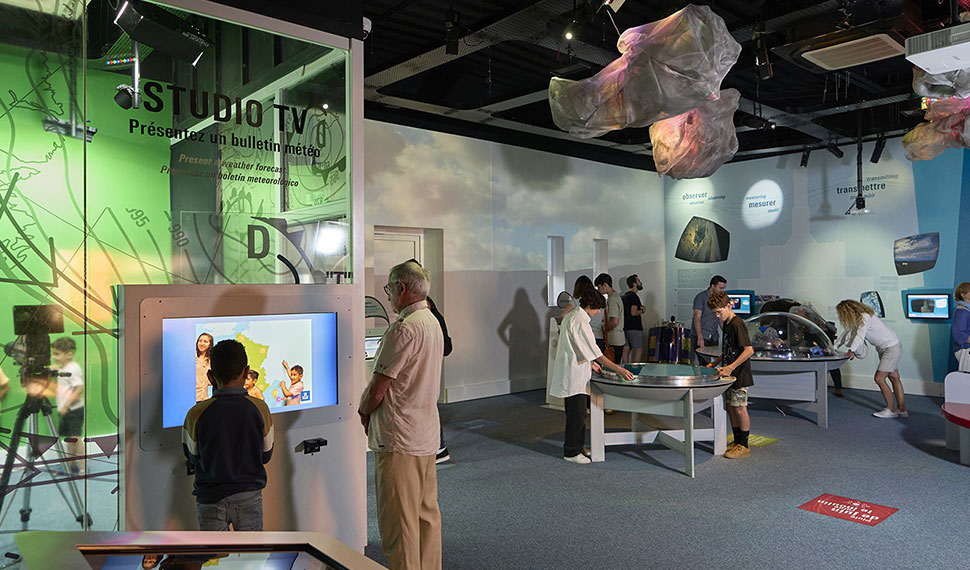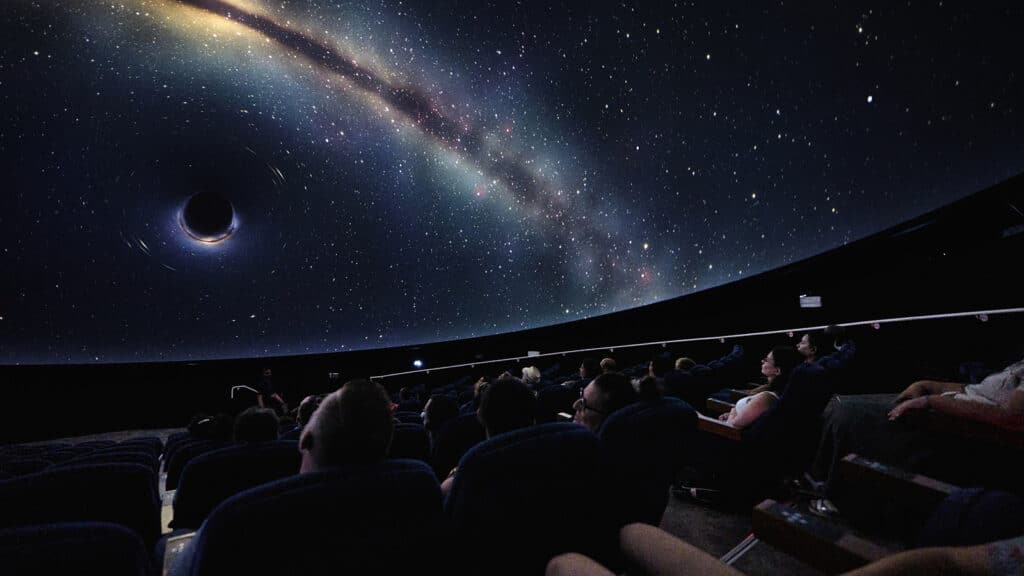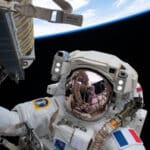Share
Novespace to open zero-g flights to the public
Published on 10 December 2012
As of 2013, Novespace, a subsidiary of the CNES, the French Space Agency, is to offer so-called “zero-g” flights where passengers will float in a state of weightlessness just like astronauts during 15 parabolic flights, each lasting 20 seconds. The price of such a dream? 5,980 euros.
Novespace’s ZERO-G Airbus A300 is to be used for parabolic flights open to the general public as of 2013! According to Jean-François Clervoy (3 space shuttle missions), “it’s like being an astronaut for a day!”.
Credit: Novespace
Contrary to common belief, astronauts do not experience weightlessness in space because they are far enough away from the Earth to escape gravity. Proof of this is the fact that the Moon orbits our planet due to the fact that it is “imprisoned” in the Earth’s gravitational field; and yet the Moon is 400,000 km away from us.
Weightlessness in an airplane
Astronauts float because they are in free fall just like their spaceship. For instance, whilst the International Space Station is orbiting the Earth, it is actually falling towards the ground in free fall, but at a such a speed (about 28,000 km/h known as satellisation) that it “catches up” its fall and, consequently, turns again and again.
This short explanation shows that it is possible to place people in a state of weightlessness without going into space. The same effect can be achieved, with no need of an antigravity generator (which moreover does not exist!), but simply by being in a lift whose cable has just snapped: free fall and therefore weightlessness is guaranteed! Unfortunately, the end of such an experiment results in dire, if not fatal consequences.
However, space agencies have used what are known as parabolic flights since the beginning of human space flight programmes. This is where a plane follows a bell-shaped trajectory which, at its summit, is a section of a parabola (hence the name). With the correct angle, the correct speed and the extreme agility of the pilots, the aircraft and its passengers find themselves in free fall, and therefore experience weightlessness, just before and just after the summit of this parabola. Yes, just before, as the engines are cut and although the airplane is still climbing, it is already in a state of free fall even before it dives downwards nose first!
Float like an astronaut in orbit: a unique sensation now available to all.
Credit: Novespace
The state of weightlessness lasts about 20 seconds. The airplane then starts to pull out of its dive and level out, during which time passengers are subjected to 2g, which is twice their body weight. The process can then begin all over again.
20 seconds of a dream, 15 times!
Parabolic flights offering twenty seconds of weightlessness several times over have long been reserved for space professionals, researchers and a handful of journalists. Then the private sector moved in to this field in order to sell “space sensations” to those wanting to experience them. After the collapse of the USSR, the Russians profited in this way from their experience of the parabolic flights used in cosmonaut training. In the United States, the company Zero-G Corporation has been marketing this type of service since 2004 aboard a Boeing 727 dubbed G-Force One.
In Europe, the company Novespace (a subsidiary of the CNES, the French Space Agency) is to be the first to move into this market. And Novespace has the know-how required as it is this company that organises campaigns of professional and scientific parabolic flights notably for the European Space Agency and the CNES. The airplane used is a specially modified Airbus A300 that has much more cabin space than a Boeing 727. Novespace’s video below shows the principle of a parabolic fight as well as the vast padded area (for extra security) reserved for those wanting to experience the joys of weightlessness.
A full flight lasts 2½ hours (as the parabolas are flown over the Atlantic Ocean for safety reasons) and provide passengers with 15 times 20 seconds of weightlessness, an incredible sensation where the body no longer appears to exist, not forgetting the somersaults that are impossible to perform on Earth (except possibly by the most accomplished of gymnasts).
Jean-François Clervoy, astronaut with the ESA and CEO of Novespace, explains for instance that “weightlessness turns all notions of weight and lightness upside down”. He also makes sure to emphasise the fact that “experiencing weightlessness during a parabolic flight is like being an astronaut for a day!”.
The vast cabin area of Novespace’s ZERO-G A300 makes it possible to take full advantage of the 15 times 20 seconds of weightlessness.
Credit: Novespace
The “launch centre” for being “an astronaut for a day” is to be in Novespace’s facilities at Bordeaux-Mérignac airport, in France. A flight with 15 parabolas costs 5,980 euros through the company Avico, France’s leading air broker (www.airzerog.com). These flights are open to any adult holding a medical fitness certificate. The CNES specifies that “the income provided by these public flights will be used to help cover the costs of the ZERO-G Airbus A300 so that it can be renewed and therefore benefit space research”. Every year, 3 flights carrying 40 passengers (12 places being reserved for the CNES) are to be devoted to this marketing initiative which is already proving to be a huge success as the first flight in 2013, scheduled on 15 March, was fully booked just a few hours after the official announcement was made!
Published on 10 December 2012






